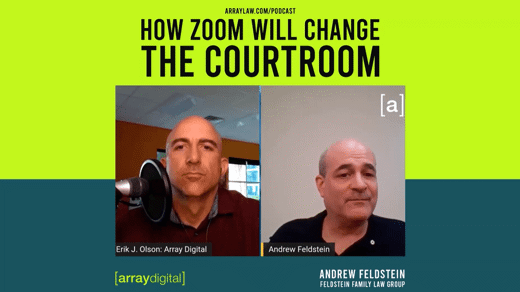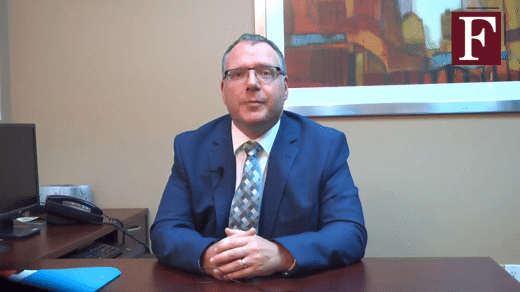Hi, my name is Shana Gordon-Katz and I am an associate here at the Feldstein Family Law Group. Today, I will be discussing teacher pensions and how this major asset is dealt with in the process of a divorce.
In our previous blogs we have discussed how married couples must divide or equalize their property and assets at the time of separation.
The law assumes that each married spouse has contributed equally to the relationship, financially and in other ways. As such, when your marriage ends, the general rule is that you and your spouse should split your net family property equally despite who paid for it or whose name the property is in. For teachers, this includes the value of the pension you have accrued during the course of your marriage.
In recent years, Ontario regulated pension plan members can obtain the value of their pension from the pension plan administrator. The plan member or spouse must complete the appropriate forms and the plan administrator (the person in charge of calculating the value) will then provide you with the value of the pension earned during the marriage.
Once the value of the pension has been computed, the new rules provide the option for divorcing partners to transfer the value of the member spouse’s pension in the form of a lump sum payment. This option was not previously available and is one of the many features of the reformed laws dealing with pensions. Before, a pension could only be shared at the time that the pension was in pay or through the exchange of assets (i.e. you keep the house and I’ll keep the pension).
For teachers, some of the options on how to divide the pension include:
1) division of each installment of the Retired Member’s pension:
2) division of each installment of the lifetime pension
3) division of each installment of the bridging/supplemental benefit (if any)
4) Transfer to a Registered Retirement Savings Plan (RRSP), a Registered Retirement Income Fund (RRIF) or cash payment.
As you can tell, for most educators in long term marriages, your pension constitutes a major asset. Therefore, the division of this asset must be considered carefully to ensure an equitable split, with the assistance of legal counsel.
If you require further information regarding retirement and separation, or simply want to consult with a lawyer regarding retirement planning through a separation, please contact us at 905-581-7222 to schedule your free initial consultation.



